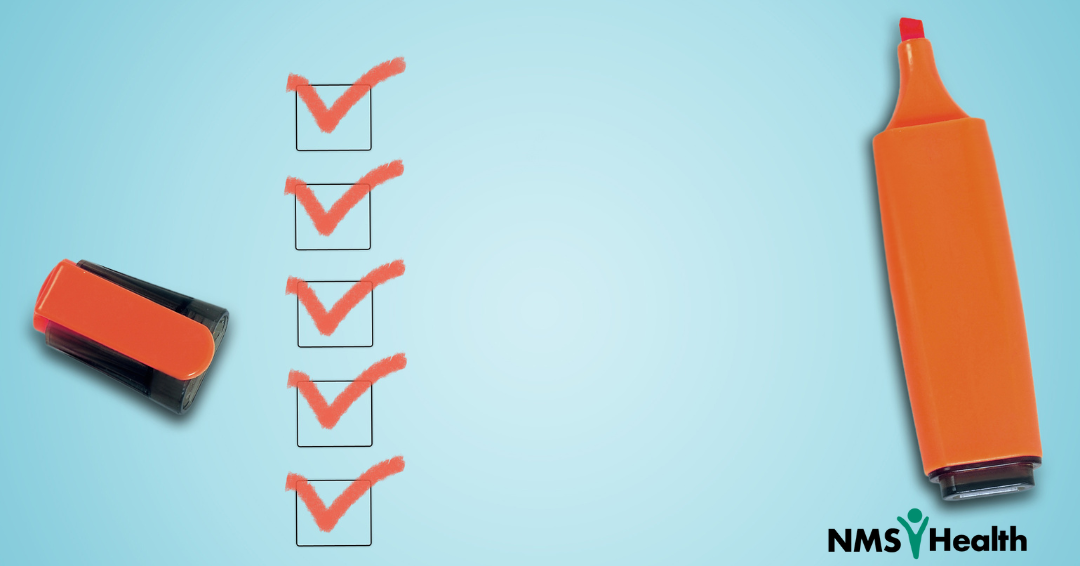Flu season is picking up and it looks like it is making a comeback. The past couple of flu seasons have been relatively mild in the United States but health officials predict that change is in the air. Some officials are pointing to the Southern Hemisphere as an indicator of what’s to come. Flu season began earlier than normal in Australia this year, and they experienced a surge of flu cases; the most they had seen in the past five years.
Part of the predicted surge may be due to loosened COVID restrictions which also aided in preventing flu infections for the past few seasons. As people return to their normal activities, such as heading back to office, attending public events, and traveling, the opportunity for the influenza virus to spread increases. Furthermore, individuals may just be more susceptible to the flu this year. For many, their immune systems haven’t been exposed to the flu virus since the pandemic began. It is important to prioritize prevention methods now to help keep the flu at bay all season long. The flu season checklist below can guide you through the season.
Get vaccinated
Vaccination plays a key role in driving down the cases of flu infections, as well as severe illness, each year. For the 2022-2023 flu season, the composition of the flu vaccines has been updated based on the World Health Organization’s virus surveillance and recommendations. While it is too early to tell if this composition will match this year’s must prevalent strains of influenza, vaccination still protects individuals against serious illness and complications from the flu virus. One 2017 study found that when given the flu vaccine, the risk of hospitalization in people ages 18 to 64 was reduced by 51 percent. In adults 65 and older, it was reduced by 37 percent across five flu seasons.
The CDC recommends that everyone over the age of 6 months receives a flu vaccine yearly. For adults 65 years and older, the Centers for Disease Control and Prevention recommends three vaccine options: Fluzone High-Dose?Quadrivalent vaccine, Flublok Quadrivalent recombinant?flu vaccine and Fluad Quadrivalent adjuvanted flu vaccine.
Practice healthy habits
While vaccination is the best way to reduce the risk of flu, healthy habits can often curb the spread of germs and prevent illness.
NMS Health has compiled an easy-to-follow flu season checklist to help:

- Eat a balanced diet
- Drink plenty of fluids
- Take a daily multivitamin and vitamin C
- Exercise regularly
- Get enough rest and sleep
- Wash hands frequently with soap and water or hand sanitizer
- Minimize contact with sick individuals
- Mask up in crowded areas
- Avoid touching the eyes, nose, and mouth
- Cover the nose and mouth while coughing or sneezing
Keep an eye on your symptoms
Common symptoms of the flu are fever, body aches, and chills but sometimes those overlap with other illnesses. It can be hard to distinguish whether a symptom is due to the flu, COVID, or some other ailment. For a detailed look at the similarities and differences between COVID, flu, and allergy symptoms please read our blog, ‘Tis the Season – Is it allergies, the flu, or COVID-19?


